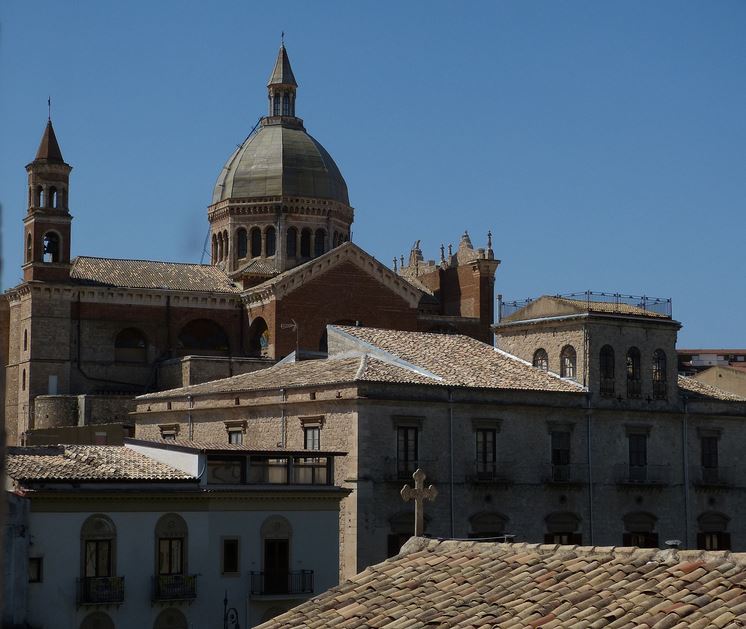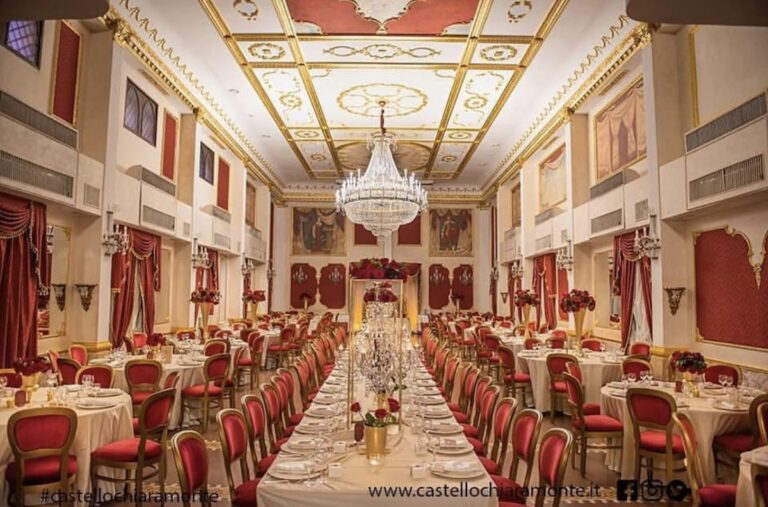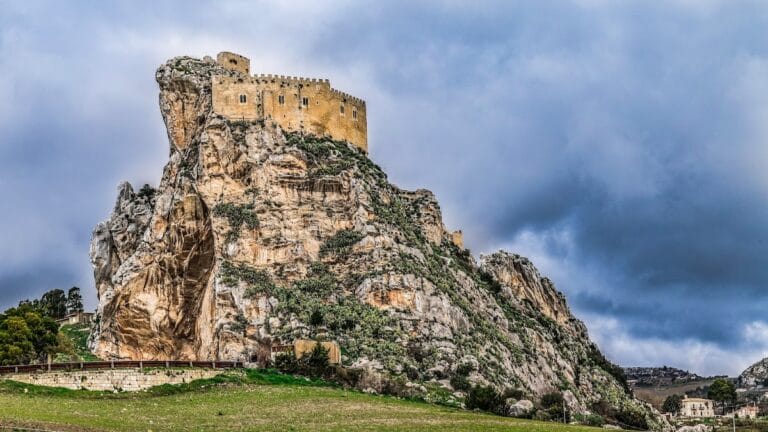Temple of Heracles in Akragas: An Ancient Greek Monument in Agrigento
Visitor Information
Google Rating: 4.7
Popularity: Medium
Google Maps: View on Google Maps
Official Website: www.parcovalledeitempli.it
Country: Italy
Civilization: Greek, Roman
Remains: Religious
History
The Temple of Heracles stands in the Valley of the Temples within the ancient city of Akragas, now Agrigento, in southern Italy. It was constructed by the Greek settlers of Magna Graecia, a region colonized by Greeks in antiquity. This temple is the oldest in Akragas, dating back to the late 6th century BCE, as indicated by its early Doric architectural style.
Construction began before the Battle of Himera in 480 BCE but took more than ten years to complete. While traditionally linked to Heracles due to later references, the temple’s dedication remains uncertain. Some scholars suggest it may have been dedicated to Athena, based on architectural features that seem more advanced than typical 6th-century designs and a mention by the ancient writer Polyaenus. The tyrant Theron of Akragas, who ruled from 488 to 473/2 BCE, is sometimes associated with the temple’s innovations.
Roman author Cicero mentioned a temple of Heracles near the city’s agora, which contained a statue of the hero. This reference influenced the modern name, although the exact location of the agora in Akragas has not been confirmed. The temple was among the last built in the city before the classical period ended.
During the Roman era, the temple underwent renovations. The inner chamber, or cella, was divided into three sections, possibly to accommodate the worship of multiple gods. If the temple remained active into the 4th and 5th centuries CE, it may have been affected by the Christianization of the Roman Empire and the resulting suppression of pagan practices.
In the 20th century, restoration efforts focused on stabilizing and reconstructing parts of the temple, including re-erecting columns and restoring capitals and sections of the entablature.
Remains
The Temple of Heracles is a large Doric temple with a rectangular layout surrounded by columns, known as a peripteral design. It measures about 67 meters long and 25 meters wide. The temple features six columns across the front and fifteen along each side, standing on a stepped platform called a crepidoma. Due to uneven ground, a supporting substructure was built on the north and west sides.
Inside, the temple includes a porch with columns (pronaos), a main chamber (cella), and a rear porch (opisthodomos) also with columns. A staircase between the pronaos and cella walls leads to the roof, a characteristic found in other temples of Akragas. The columns are tall with broad capitals, showing a gap between the shaft and the echinus, a rounded molding, which marks the temple as older than others in the area by about three decades.
The temple was famous in antiquity for housing a statue of Heracles and a painting by the artist Zeuxis, depicting the infant Heracles strangling snakes. Archaeological evidence shows the temple suffered damage from an earthquake and was later burned. The Romans restored it and added three small cult rooms at the back, one of which contained a statue of Asclepius, the god of healing.
Today, parts of the temple have been restored, including nine columns on the southeast side, capitals, and sections of the entablature. Some columns were re-erected in 1924, preserving the temple’s imposing presence despite its partial ruin.










